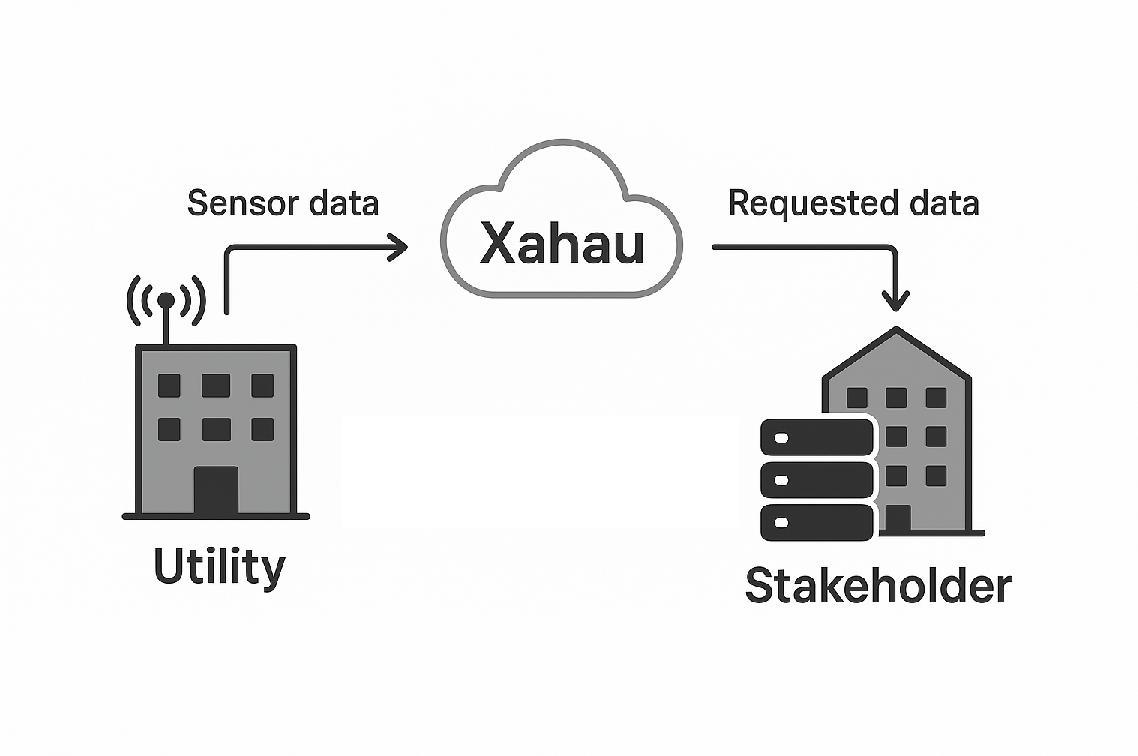Compliance - Part Two
Part one demonstrated one unassailable point; to truly address compliance needs of a myriad of stakeholders, any layer one network must enable an account owner to specify rules-based logic for filtering unauthorized transactions; both incoming and outgoing.
 compliance officer
compliance officer
We also reviewed the long list of organizations - businesses and governmental organizations - that are required to comply with well-established KYC (know-your-customer) and AML (anti-money-laundering) criteria.
Which Network Is Best?
If you're part of an organization tasked with reviewing crypto networks for a possible integration, it may be a good idea to involve artificial intelligence with the task of analyzing the various choices.
Why?
Because in addition to compliance criteria, you can also specify other important aspects of a network that may be crucial to the success of a project. Such as:
-
TPS (transactions per second)
-
Ledger close speed
-
Cost of transactions
AI Prompts
AI assistants are able to construct charts if you specify enough details in your prompt. In my comparison of other smart contract networks with Xahau, I am concerned with which ones can analyze and prevent both incoming and outgoing payments. The basic prompt may be something like ...
My AI Prompt
Please construct a chart that compares the Xahau network to other smart contract networks such as Ethereum, Stellar, TRON, Cardano, Avalanch, and Tezos. Label the first column 'can prevent unwanted incoming payments of native token', and determine if each network can apply user-created rules for preventing unwanted, incoming payments of the network's native token. Use the checkmark emoticon, ✅, to signify whether the network can apply user-created rules for preventing unwanted, incoming payments of the network's native token. Use a red square emoticon, 🟥, to signify that the network cannot apply user-created rules for preventing unwanted, incoming payments of the network's native token.
Label the second column 'can prevent unwanted incoming payments of issued asset such as a stablecoin', and determine if each network can apply user-created rules for preventing unwanted, incoming payments of the network's issued assets, such as stablecoins. Use the checkmark emoticon, ✅, to signify whether the network can apply user-created rules for preventing unwanted, incoming payments of the network's issued assets, such as stablecoins. Use a red square emoticon, 🟥, to signify that the network cannot apply user-created rules for preventing unwanted, incoming payments of the network's issued assets, such as stablecoins.
Label the third column 'Average ledger close speed'. In that column, research each network and determine what the average ledger close speed is for that network.
Label the fourth column 'average cost per transaction'. In that column, research each network and determine the average cost per transaction on that network, denominated in U.S. dollars.
While the prompt may seem a bit long, it's important to provide the AI with enough details that it's able to construct a meaningful comparison.
Here is the 'first pass' result from the AI:
 AI-generated network comparison
AI-generated network comparison
Caveat: I'm not sure about some of the networks that it researched. Generally, if we're concerned about the veracity of its conclusions, we can 'coach' the AI to check any of the content that we're uncertain about.
Not only that, but if other users have also been directing the AI to run similar comparisons, it may be biased. AI is a helpful tool, but be aware that human confirmation is wise before accepting the conclusions at face value.
That being said, it's an interesting data point that seems to recognize Xahau as meeting in-line compliance needs. 🤔
The Important Point
When stakeholders absolutely need to give their own developers or consultants the tools they need for compliance, they will strongly prefer doing business with a coding-friendly network that provides easy ways to prevent unwanted payments.
Many organizations that would benefit from doing business on a distributed, public ledger may be hesitant because of the limitations they discovered in some of the first mover networks.
But Xahau is different.
Xahau Follows Your Rules
On the Xahau smart contract network - a hybrid of the XRP Ledger and WASM-based smart contracts - each account owner can install smart contracts that analyze all incoming and outgoing payments of any type, including the native network asset (XAH), and any issued assets, such as stablecoins.
This is key.
Example
Let's say that a state-level DMV agency (Department of Motor Vehicles) issues CDL licenses on-chain.
In that scenario, the technologist could configure the DMV's Xahau account to only accept payments from other Xahau accounts that match a pre-determined list of unique identities. This means that only those drivers that have passed a commercial driver's examination are authorized to send a payment for their license.
Any Xahau account owner that has not passed the written examination will have their payment rejected as part of the user-configured business rules on the DMV's account. This can be done for XAH payments or stablecoin payments (USD, et al...).
🪝 Hooks: How The Magic Works
These user-defined business rules are enforced by smart contracts that can be attached to an account, upon the account owner's discretion. These smart contracts are known as 'hooks'; a term that originates in the programming world for "logic that is triggered upon specific conditions."
All Types
Many of these hooks have been created by developers over the first year of Xahau's existence. Some reflect common purposes, such as restricting payments from only specified people - also known as a 'white list'.
The previous DMV example is a 'white list' example.
A 'white list' is a list of approved parties; think of a bouncer at a line to enter an exclusive nightclub. In all the movies, the big guy at the door checks a list to see if your name is on it. If it's not, then you don't get to rub elbows with the celebrities in the club!
 Xahau Badger Club Bouncer
Xahau Badger Club Bouncer
Other hooks can do almost anything that a programmer can imagine, within certain 'guard' conditions that protect the functioning and forward progress of the network. Some of these include routing parts of a payment or balance to another account when conditions are met.
The Xahau community is rapidly developing different sets of hooks for common uses, and will eventually arrive at a set of audited hooks that any user can install easily with a non-custodial wallet such as Xaman.
While white lists and black lists require a bit of configuration by a 'tech guy' or coder, they too have been created enough times for consistent, convenient examples to be shared among developers.
Xahau May Be The Perfect Layer One
Many of the first mover networks can address some use cases better than others; and some fearless organizations have also attempted to leverage the benefits of a shared ledger and immutable record-keeping using overlay software to accomplish much of their compliance.
While these early efforts are important, Xahau is the newest entrant to networks that serve as almost a perfect fit for organizations looking to implement functions on-chain in a compliant manner.
And the most important criteria in compliance is one that has been overlooked until recently; the ability to execute a rule engine for each transaction, according to the criteria that each account owner wishes.
This is Xahau ('xah' - how) compliance is done on-chain. X>
Sources:
https://x.com/Hodor/status/1934996528512295007
https://chatgpt.com/share/68532ef7-a8d8-8012-9c5f-fee5a01bdb37







